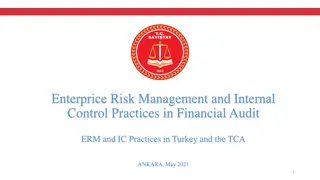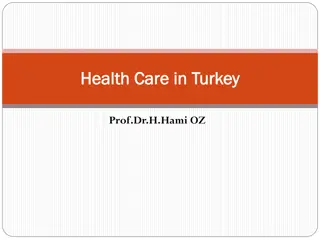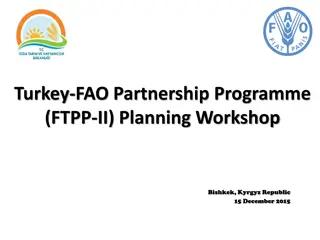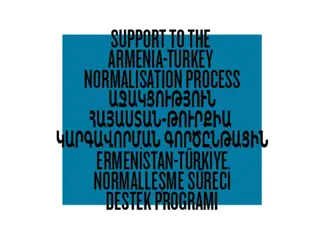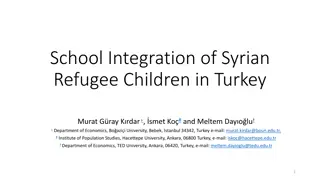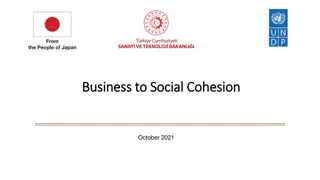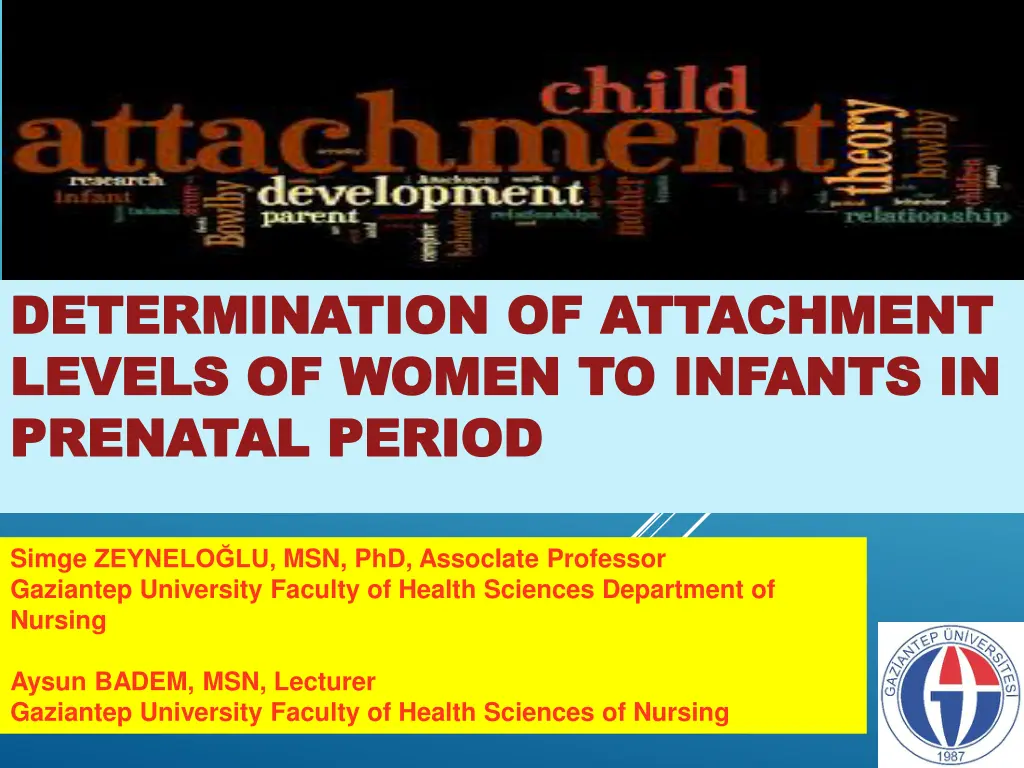
Understanding Prenatal Attachment Levels in Women
Explore the concept of attachment in the prenatal period, focusing on the bond between mothers and infants. Learn about the factors influencing attachment levels and the importance of prenatal bonding for lifelong connections. Discover the research findings on maternal attachment to infants and the impact during the postpartum period.
Download Presentation

Please find below an Image/Link to download the presentation.
The content on the website is provided AS IS for your information and personal use only. It may not be sold, licensed, or shared on other websites without obtaining consent from the author. If you encounter any issues during the download, it is possible that the publisher has removed the file from their server.
You are allowed to download the files provided on this website for personal or commercial use, subject to the condition that they are used lawfully. All files are the property of their respective owners.
The content on the website is provided AS IS for your information and personal use only. It may not be sold, licensed, or shared on other websites without obtaining consent from the author.
E N D
Presentation Transcript
DETERMINATION OF ATTACHMENT DETERMINATION OF ATTACHMENT LEVELS OF WOMEN TO INFANTS IN LEVELS OF WOMEN TO INFANTS IN PRENATAL PERIOD PRENATAL PERIOD Simge ZEYNELO LU, MSN, PhD, AssocIate Professor Gaziantep University Faculty of Health Sciences Department of Nursing Aysun BADEM, MSN, Lecturer Gaziantep University Faculty of Health Sciences of Nursing
Attachment, ensuring positive conditions in the prenatal period, starting with the mother-baby is a concept that continues lifelong and continuity. In the literature, attachment theory; the first time in 1958 by John Bowlby has been defined as a strong ATTACHMENT bond between the two person.
PRENATAL ATTACHMENT it is considered to begin mother-baby bonding In the prenatal period. Bonding between mother and baby, is a concept that continues to provide positive conditions lifelong by starting in the prenatal period.
Attachment pattern shows continuity in their lives after a time determined safe or unsafe. First attachment the experience of the child is the basis of the binding experience later. Prenatal bonding is a good predictor for the postpartum period.
THE MAIN FACTORS AFFECTING THE BINDING PRENATAL PERIOD Planning Pregnancy To feel the baby move Changes in health behavior Perinatal loss experience The presence of pregnancy symptoms
The research has been conducted fractionally with the aim of the determination the factors, which affect the attachment levels of women to infants in prenatal period.
METHOD 89.138 women 397
METHOD The population of the study consists of 89.138 women that applied to Follow-Pregnant Clinic of Necip Fazil Maternity and Child Health Hospital in Kahramanmara , and the sample is composed of 397 women.
Prenatal Attachment Inventory Data collection Socio-demographic characteristics of pregnant women and their spouses 21 articles and four factors Cronbach s = 0.84 Includes questions for fertility characteristics depend on what affects the attachment to babies of the women. The highest point of the scale is 84 and the lowest is 21 Prenatal Attachment Inventory
Prenatal Attachment Inventory If the score is close to 84, it means that the more strong attachment ; and if the score is close to 21, then it shows that the more weak attachment pregnant has a pregnant has a
METHOD Questionnaire and Prenatal Attachment Inventory were implemented between 20 January and 16 May 2014. The data obtained from this study is assessed by using SPSS 18 for Windows (Statistical Package for Social Sciences), and mean, standard deviation, minimum and maximum values with percentage numbers, t-test are also assessed using SPSS.
Distribution of Age of the Descriptive Features of Pragnant n = 397 139 140 19 age and under 120 104 108 100 20-24 age 80 60 46 25-29 age 40 20 30 age and over 0 Age
Distribution of Number of pregnancy of the Descriptive Features of Pragnant n = 397 250 1-2 pregnancy 213 200 150 136 3-4 pregnancy 100 48 50 5 pregnancy and over 0 Number of Pregnancy
Distribution of The Mean of Scores Obtained by Pregnant in Prenatal Attachment Inventory N Mean 59.31 Min 25 Max 83 Prenatal Attachment Inventory 397
Distribution of Scores Obtained in PAI and Ages of Pregnant 90 83 80 80 78 80 70 62.5 59.1 59.01 58.52 60 MEAN MIN MAX 50 35 40 30 29 25 30 20 10 0 19 age and under (A1) 20 - 24 age (A2) 25 - 29 age (A3) 30 age and over (A4)
Distribution of Scores Obtained in PAI and Education Level It is found a significant difference between A2 and A4 (p<0.05) 90 83 80 80 79 80 70 61.85 59.79 58.11 57.34 60 50 MEAN MIN MAX 40 29 29 29 30 25 20 10 0 Literate (A1) Primary school graduate (A2) Secondary school graduates (A3) High school and higher (A4)
Distribution of Scores Obtained in PAI and Number of pregnancy 90 83 80 80 80 70 60.73 57.95 60 56.9 50 MEAN MIN MAX 40 29 29 30 25 20 10 0 1 - 2 (A1) 3 - 4 (A2) 5 and over (A3)
Distribution of Scores Obtained in PAI and Number of Children 90 83 80 78 80 70 60.81 58.15 60 55.13 50 MEAN MIN MAX 40 32 30 30 25 20 10 0 1 child (A1) 2 children (A2) 3 children and over (A3)
Distribution of Scores Obtained in PAI and Emotions of felt learned when pregnancy status 90 83 80 80 76 70 60.68 59.61 60 53.43 50 MEAN MIN MAX 40 29 29 30 25 20 10 0 Happiness (A1) Sadness (A2) Ambivalent emotions(A3)
Distribution of Scores Obtained in PAI and Behavior With Positive Changes in Pregnancy Condition 90 83 78 80 70 61.62 60 55.04 MEAN MIN MAX 50 39 40 30 25 20 10 0 Yes No
Distribution of Scores Obtained in PAI and Smoking and alcohol use during pregnancy 90 83 80 72 70 59.54 60 52.17 MEAN MIN MAX 50 40 29 30 22 20 10 0 Used Not Used
Distribution of Scores Obtained in PAI and Planned pregnancy Complication Status with spouse 90 83 83 80 70 60.35 56.2 60 MEAN MIN MAX 50 40 29 25 30 20 10 0 Yes No
Findings It is determined that there is statistically significant difference between means of Prenatal Attachment Inventory scores determining the attachment levels of pregnant women to infants and education level, number of pregnancies, number of living children, planned pregnancy, previously experienced pregnancy loss, healthy the emotions experienced when pregnancy learned, positive health behavior changes during pregnancy, tobacco and alcohol consumption habits (p <0.05).
Findings According to the results of the regression analysis; a significant relationship was found that is between the level of prenatal attachment with positive changes in health behaviors during pregnancy and the pregnancy is planned (p <0.05).
Conclusion As a result, attachment levels of pregnant women to their infants in prenatal period are respectively high (calculated Prenatal Attachment Inventory mean score is 59.31). Suggestions for increasing the attachment levels of pregnant women to their infants in prenatal period connecting the study results have also been developed.
THANK THANK YOU VERY MUCH YOU VERY MUCH FOR YOUR FOR YOUR ATTENTION ATTENTION







